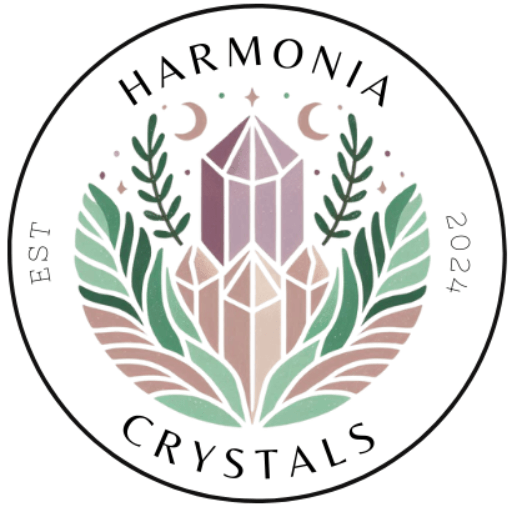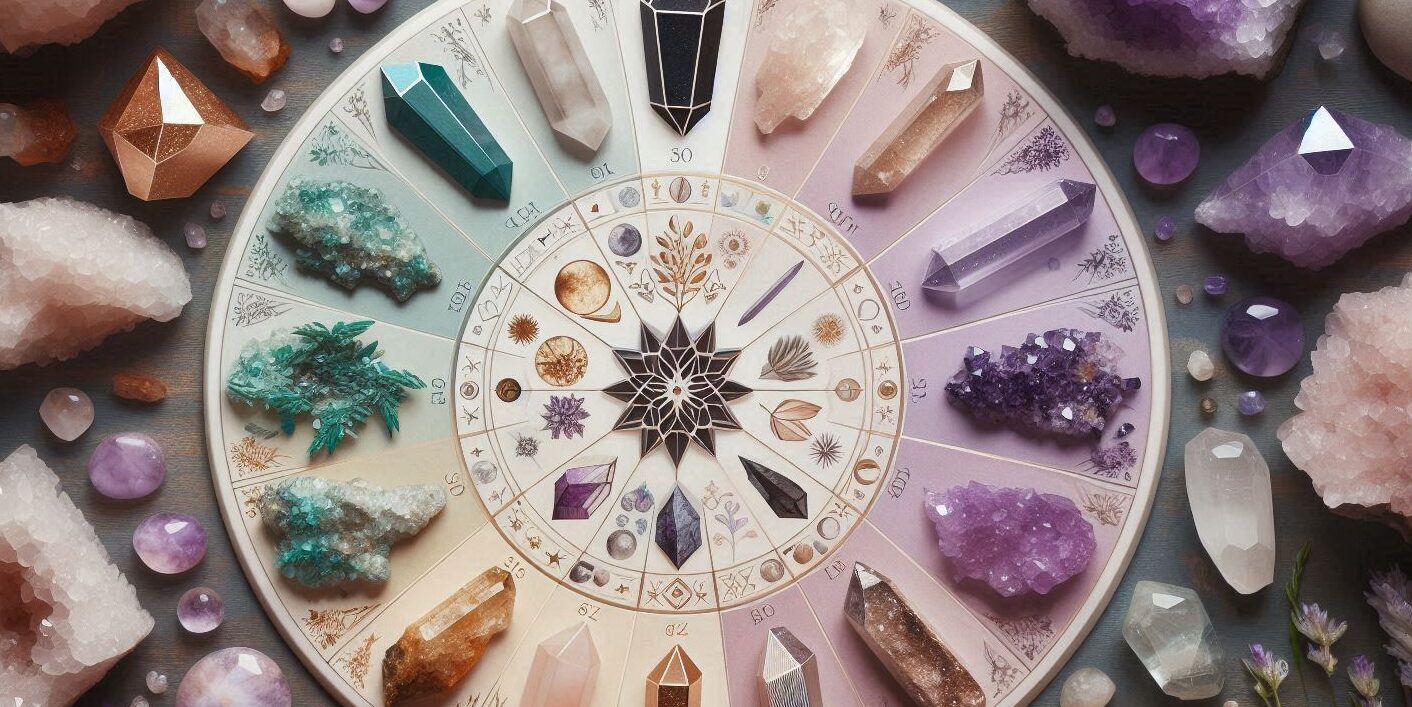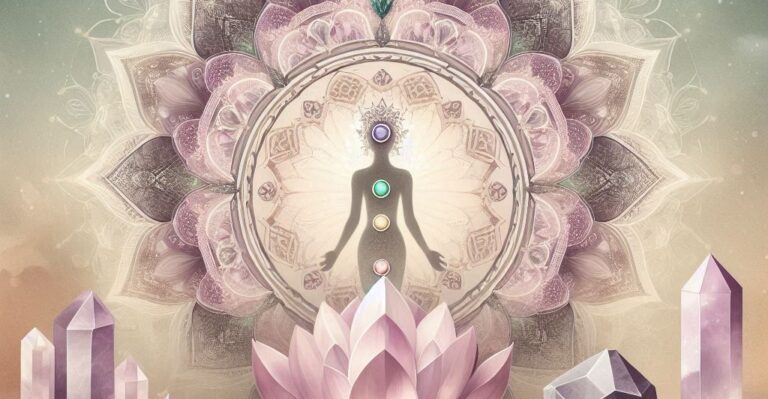Are Crystals Rocks? A Simple Explanation
Yes, crystals are a type of rock, but not all rocks are crystals. Crystals are formed through a natural process in which minerals organize themselves into specific, repeating patterns. While all crystals are rocks, their unique structure sets them apart from other types of rocks.
Understanding Crystals and Rocks
When you think of rocks, you might picture a handful of pebbles, a jagged mountain, or the stones you see on a beach. But rocks come in many different forms, and crystals are a special category within the broader group of rocks. To understand the relationship between rocks and crystals, it helps to explore how each is formed and what makes them unique.
What Are Rocks?
Rocks are solid, natural materials made up of one or more minerals. They form through various geological processes, such as the cooling of molten lava, the compression of layers of sediments, or the alteration of existing rocks due to heat and pressure. Rocks are classified into three main types.
1. Igneous Rocks: Formed from the cooling and solidification of magma or lava. Examples include granite and basalt.
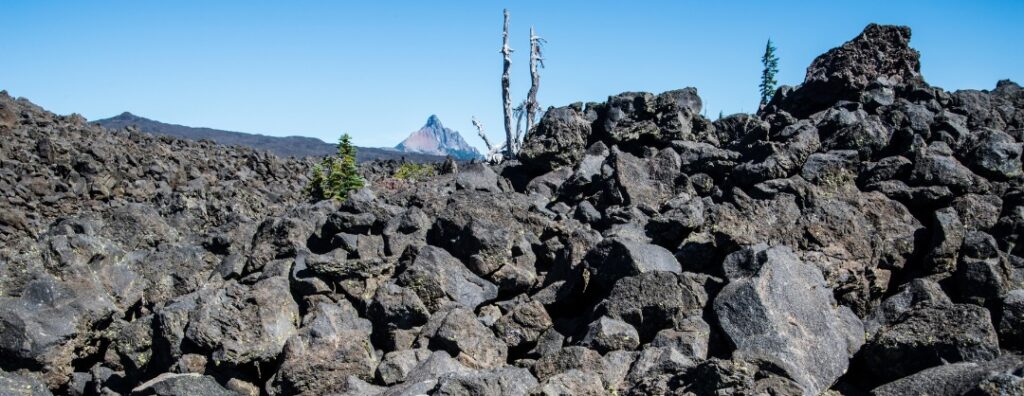
2. Sedimentary Rocks: Created by the accumulation and compression of sediments like sand, mud, or organic material over time. Examples include limestone and sandstone.
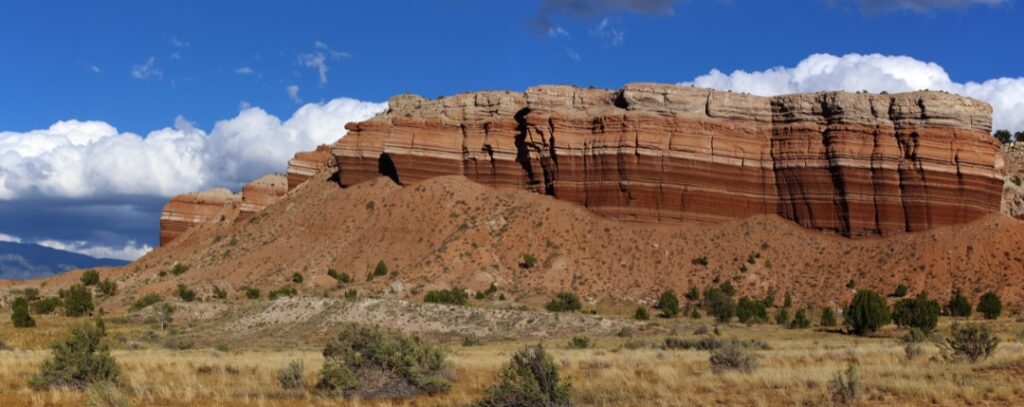
3. Metamorphic Rocks: Formed when existing rocks are altered by heat, pressure, or chemical processes. Examples include marble and slate.
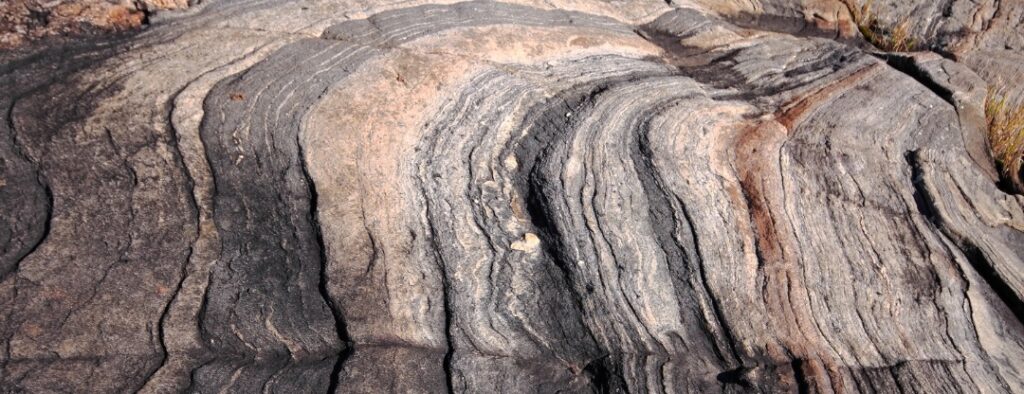
What Are Crystals?
Crystals are a specific type of mineral with a unique internal structure. They are formed when minerals cool and solidify in a way that allows their atoms to arrange themselves into highly organized, repeating patterns. This organized structure is what gives crystals their distinct shapes, such as the hexagonal forms of quartz or the cubic shapes of salt crystals.
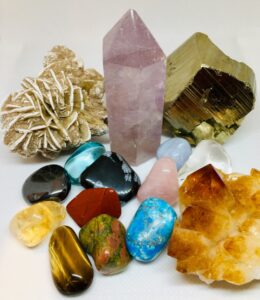
Crystals can form in a variety of environments, from deep within the Earth’s crust to the surface where water evaporates and leaves behind crystallized minerals. The conditions under which crystals form, such as temperature and pressure, play a significant role in determining their final shape and size.
The Key Differences Between Rocks and Crystals
While crystals are a type of rock, there are key differences between the two:
- Structure: Crystals have a highly organized, repeating internal structure, whereas rocks are often a mix of different minerals without such a precise arrangement.
- Composition: Rocks can be made of one or more minerals, while crystals are made from a single mineral with a consistent structure.
- Appearance: Crystals often have a regular geometric shape with smooth, flat faces, whereas rocks can be irregular, rough, or a mixture of different materials.
Examples of Crystals as Rocks
Some common crystals that are also classified as rocks include:
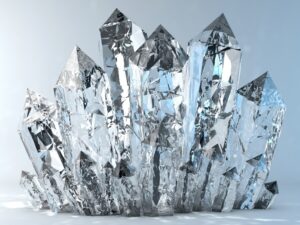
- Quartz: One of the most abundant minerals on Earth, quartz forms beautiful, often clear crystals with a hexagonal shape.
- Amethyst: A purple variety of quartz, amethyst is known for its striking color and is often used in jewelry and crystal healing.
- Diamond: The hardest natural substance on Earth, diamonds are crystals made of pure carbon, and are highly prized in jewelry.
The Role of Crystals in Everyday Life
Crystals are not just fascinating from a geological standpoint; they also play significant roles in various aspects of our daily lives. Beyond their use in jewelry, crystals are used in technology, medicine, and even as tools for personal well-being. For example:
- Technology: Crystals like quartz are used in watches and other electronic devices due to their ability to maintain precise frequencies.
- Healing: Many people use crystals in alternative medicine practices, believing that they can influence energy fields and promote healing.
- Decor: Crystals are often used as decorative elements in homes, bringing a natural beauty and a sense of calm to living spaces.
Why the Confusion?
The confusion about whether crystals are rocks likely stems from the fact that both terms are often used interchangeably in casual conversation. However, understanding that crystals are a specific type of rock with distinct characteristics helps to clarify the relationship between the two.
Conclusion
Crystals are indeed a type of rock, but what makes them special is their unique, organized structure that sets them apart from other rocks. By understanding the differences between crystals and other types of rocks, you can better appreciate the natural beauty and complexity of these fascinating formations.
Key Takeaways
- Yes, Crystals Are Rocks: Crystals are a type of rock with a highly organized internal structure.
- Unique Structure: Crystals are formed when minerals solidify in specific, repeating patterns, giving them distinct shapes.
- Common Confusion: While all crystals are rocks, not all rocks are crystals, which is where the confusion often lies.
- Everyday Use: Crystals play important roles in technology, healing, and decoration, beyond their geological interest.
